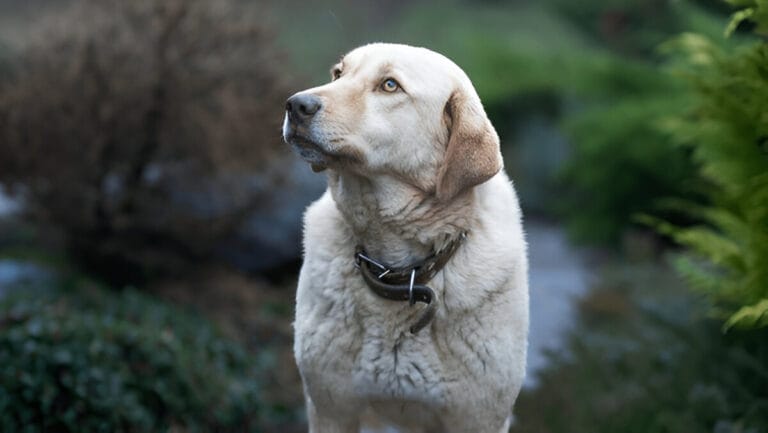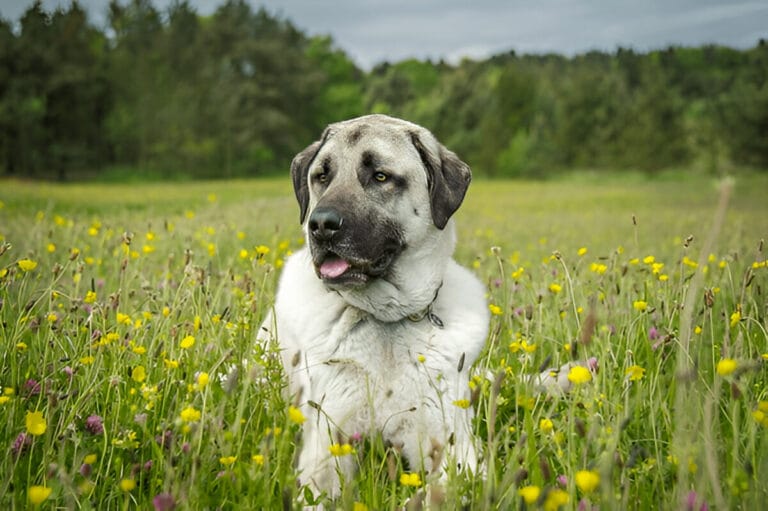Pitbull Lab Mix
The Pitbull Lab Mix, often called a Labrabull, Bullador, or Pitador, represents what happens when you start crossing a Pitbull with a Labrador Retriever—and let me tell you from experience, these hybrid pups are something special.
This energetic, smart dog inherits genes from two incredibly popular breed lines, making it one of the most sought-after mixed dogs in the United States today.
The Labrador side brings that gentle, trainable nature, while the breed contribution from the Pitbull adds confidence and determination, creating a truly popular combination that’s both Loyal and easy to train.
What makes this dog an excellent addition to any family is its ability to provide great companionship while maintaining that fun-loving dog personality that keeps everyone entertained.
Understanding the history, characteristics, and what living with these incredible dogs entails will help you appreciate why they’ve captured the hearts of so many households looking for an active, devoted companion who thrives on human interaction and never fails to bring energy into every room they enter.
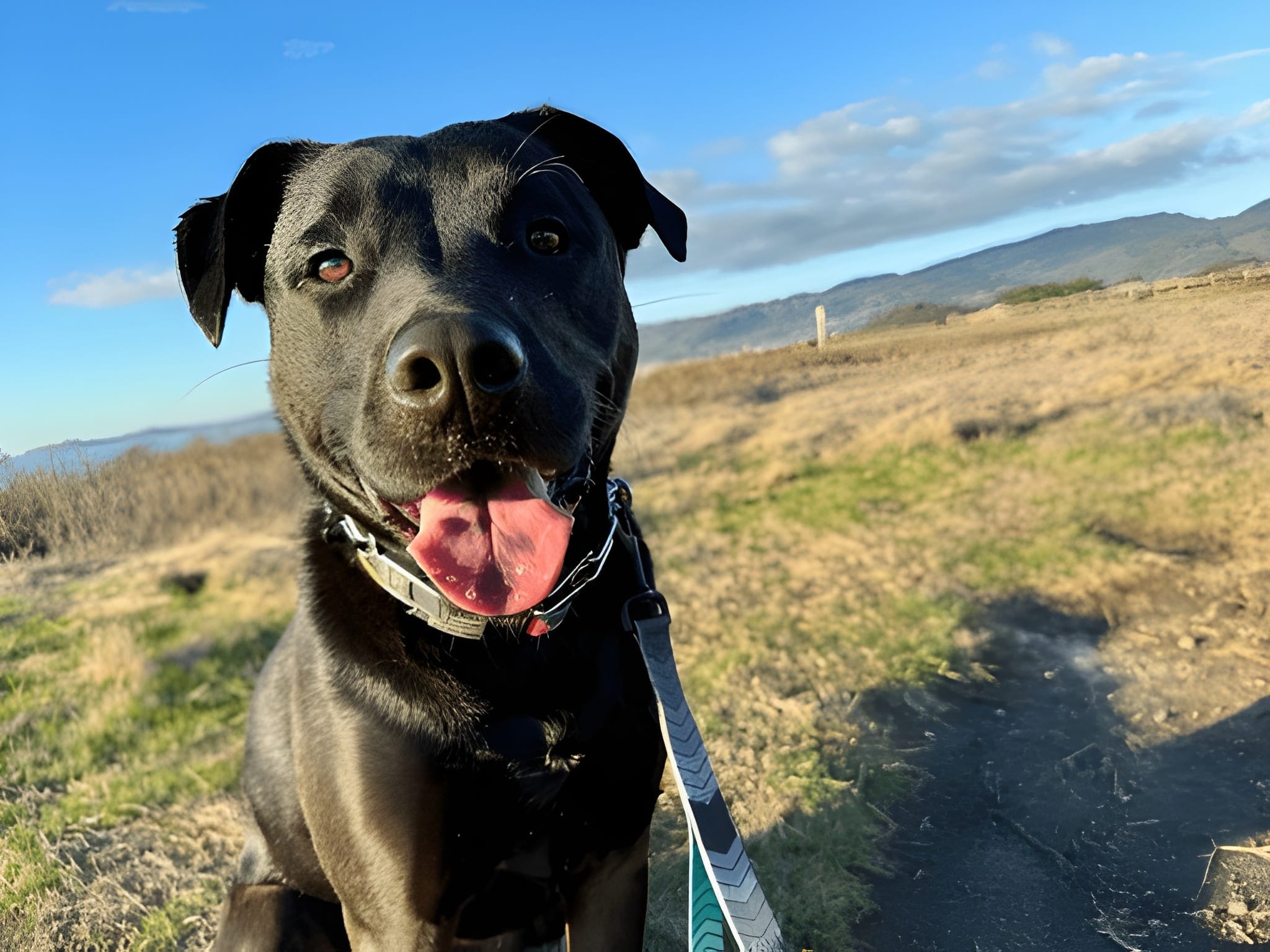
Photo credit: Shutterstock by Justine Door
History Of The Pitbull Lab Mix
The Pitbull and Labrador Retriever were both historically working dogs with distinct purposes, which makes the Pitbull Lab mix such a fascinating blend for those who want to keep their pets busy and entertained throughout the day.
While neither parent was originally bred with crossing in mind, intentional breeders began to combine the desirable characteristics of both parent breeds to create a dog that showcases an exceptional temperament—the Labrador contribution brings that friendly, eager-to-please nature while adding the loyalty and determination from the Pitbull side creates something remarkable.
This hybrid dog isn’t recognized by the American Kennel Club (AKC) since they only acknowledge purebred lines, but the Designer Breed Registry does list the Labrabull as an official designer mix, giving it legitimacy among modern crossbreed enthusiasts.
From my experience working with these dogs, understanding their background helps explain why they need both mental stimulation and physical activity—it’s literally in their DNA from generations of working dogs who thrived on having jobs to do, whether that was retrieving game or providing protection, and today’s mixes carry forward that same drive wrapped in a more family-friendly package.
Breed Origin
The breed origin of the Pitbull Lab mix remains largely unknown in terms of exact timing, though these dogs first appeared in recent history as breeders sought to merge traits from both parent breeds—an idea that produces pups many believe originated in North America during the designer dog movement.
Understanding the Pitbull parent requires knowing there are four types of Pitbull variations: the American Pitbull Terrier, American Staffordshire Terrier, American Bulldog, and Staffordshire Bull Terrier, all created in early 19th-century England where they were unfortunately used in popular spectator sports like bull baiting and bear baiting as aggressive fighting dogs, yet despite this dark past, they’ve proven remarkably gentle with humans and make excellent family dogs today.
When Pitbulls came with immigrants to America, they found new careers as all-around farm dogs with jobs that included hunting wild game, guarding property from animal intruders, and providing loyal companionship to their families.
The Labrador side brings its own rich heritage as one of the most popular breed choices for any dog lover, since Labradors were originally bred as gun dogs in the 1800s to accompany hunters and retrieve animals they’d shot, with roots tracing back to Newfoundland where they’d retrieve fish from trawl lines—which explains their natural love water tendency I’ve witnessed countless times.
Their loyal, loving nature made them a popular family dog beyond just working dogs roles, expanding into service positions as guide dogs and therapy animals, so when you combine this background with the Pitbull’s protective instincts and work ethic, you get a mix that inherits an impressive working foundation from both sides while maintaining that affectionate, people-oriented personality that makes them thrive in active households.
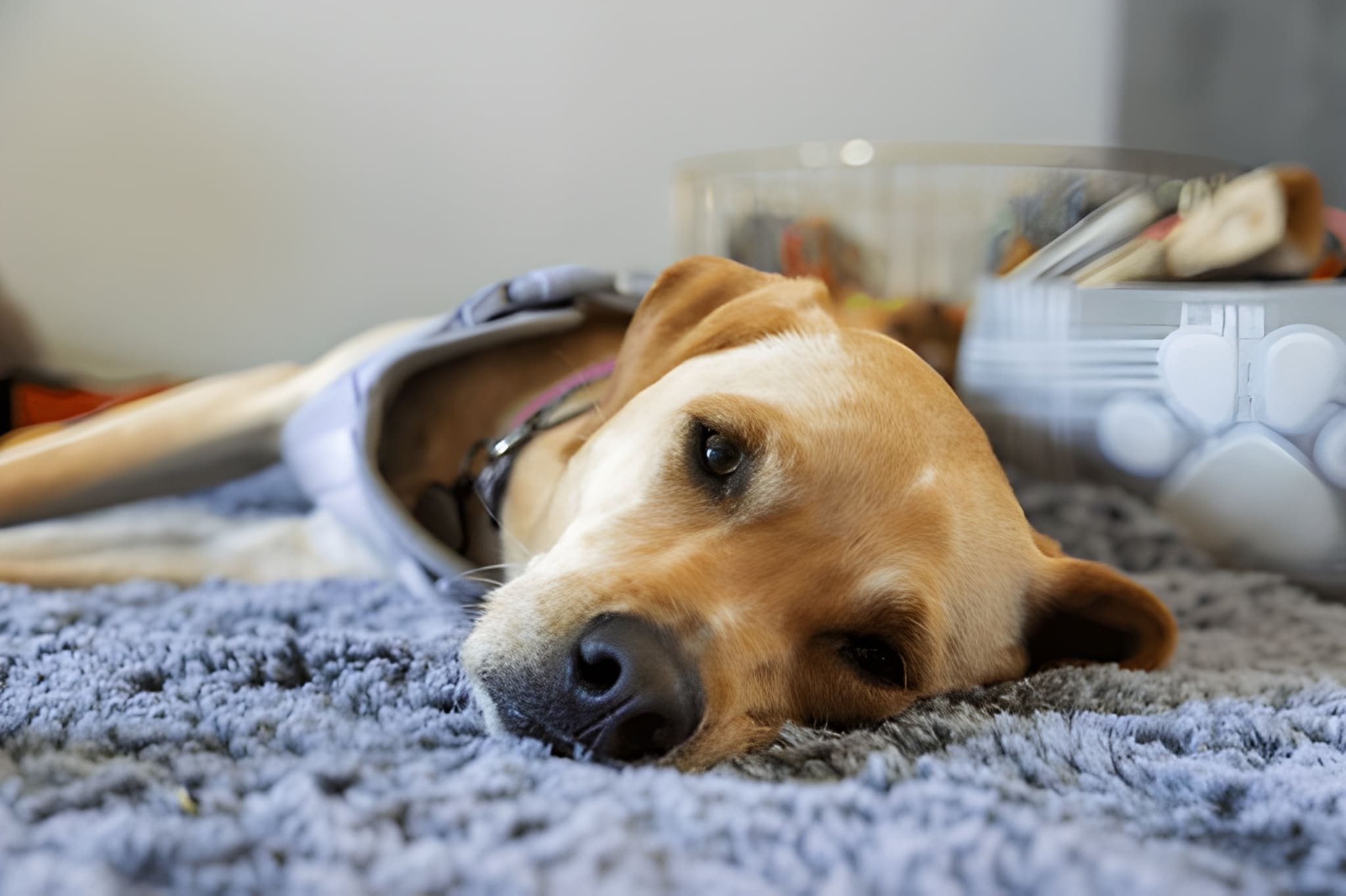
Photo credit: Shutterstock by Cavan-Images
Characteristics Of The Pitbull Lab Mix
The Pitbull Lab Mix isn’t a purebred breed and therefore isn’t recognized by major kennel clubs, meaning there’s no definite breed standard to predict exactly how pups in a litter will develop—I’ve seen puppies from the same breeding turn out quite differently, so you can only guess based on previous litters from the same parent pairing, though these dogs are normally born in litter sizes ranging from 5 to 10 puppies with an average of around 7 healthy pups per birth.
The main issue when predicting characteristics comes down to which parent contributes more genetically, whether the sire or dam passes stronger traits during breeding, which affects everything from coat type to energy levels in each individual Pitbull Lab Mix puppy. When it comes to cost, expect to pay around $500 or more if you buy from a reputable breeder who health-tests both parents and provides early socialization.
Appearance
The Pitbull Lab crossbreed can look like either the Pitbull parent or the Labrador Retriever parent depending on which genes dominate, and you won’t truly know until they’ve fully matured around 18 months of age when their adult features settle in.
The Pitbull Lab Mix is typically classed as a medium to large breed dog that can weigh anywhere up to 80 lbs or slightly more, with females usually being smaller than males by 5-15 pounds in my observation of these dogs.
Most have floppy ears inherited from the Labrador side rather than the semi-pricked ears some Pitbulls display, and they tend to be muscular yet lean in build with an athletic statue that reflects their working dog heritage—these aren’t bulky or overly stocky dogs but rather well-proportioned athletes built for endurance and agility, which becomes obvious when you watch them run or play, showcasing that powerful yet graceful movement that comes from combining two naturally active breeds into one energetic package.
Coat
The Labrador Pitbull Mix will generally have a short, smooth coat that doesn’t require extensive grooming compared to longer-haired breeds, though I’ll cover more detail about grooming needs later in this guide—for now, just know that both parent breeds contribute to a low-maintenance coat that sheds moderately year-round with heavier seasonal shedding periods, making them manageable for most owners who don’t want to spend hours brushing or dealing with mats and tangles that plague fluffier dogs.
Color
Since both parent breeds contribute different genetic possibilities, a Pitbull Lab Mix dog can vary greatly in color depending on which genes dominate in this designer dog—the Labrador side typically offers yellow, brown, or black options, while the Pitbull parent brings a huge range of colors since there are four different breeds under the Pitbull umbrella, meaning your dog could inherit anything from solid colors to brindle, white markings, or multi-toned patterns without any clear indication beforehand of what your Pitbull Lab will look like color wise until the puppy coat fully develops.
From my experience, I’ve seen everything from chocolate brown pups with white chest patches to sleek black dogs with tan eyebrows, and even blue-gray coats that lean more toward the Pitbull genetics—essentially, expect the unexpected and embrace whatever beautiful combination nature decides to create, because coat color has no bearing on temperament or health, only aesthetics.
Temperament
The Pitbull Lab Mix is typically a friendly, sociable dog that loves being around people and showcases high intelligence that needs to be constantly engaged through keeping busy with activities to prevent destructive behaviors from emerging—the Pitbull side can get feisty when bored if not properly stimulated with mental challenges and attention, though a common misconception about Pitbull’s being inherently aggressive couldn’t be further from the truth since when raised properly and socialized well, these dogs are incredibly sweet-natured and loving with traits that get passed down to the Pit Lab Mix.
They will bark to alert you when something seems wrong, but they’re not a great guard dog or watch dog in the traditional protective sense, and they shouldn’t be left alone for long periods of time since they always crave human interaction due to their pack mentality.
The intelligence level of this mixed breed dog makes them easily trainable and often at the top of their class in puppy school, where they’ll happily learn tricks and enthusiastically engage with their owners during training sessions.
Lifespan
The Lab Pit Mix has a relatively long life expectancy for a dog of its size and will typically live an average of between 10 and 14 years, with many healthy individuals reaching the upper end of that range—I’ve personally known well-cared-for mixes that made it past 14 years with good quality of life, while others faced health issues earlier around 10 years, so factors like genetics, diet, exercise, preventive veterinary care, and overall lifestyle play crucial roles in determining whether your companion stays with you closer to a decade or extends well into their mid-teens.
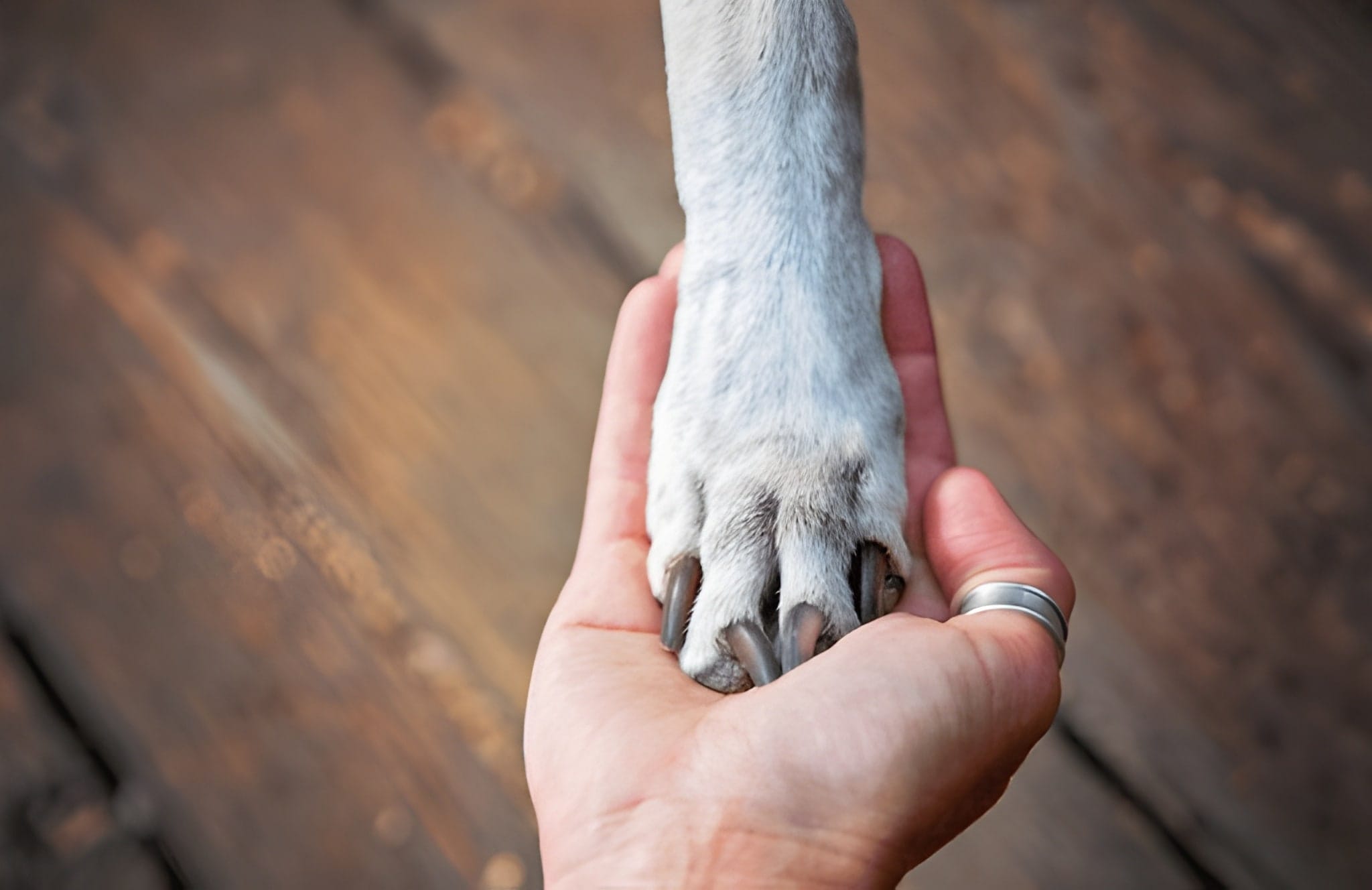
Photo credit: Shutterstock by Annette Shaff
Known Health Issues
Like any dog, the Pitbull Labrador Mix can be prone to certain health issues that appear in their lineage, with these health issues largely inherited from parent breeds since mixed breeds are often predisposed to the same health problems that show up frequently in purebred lines—Labradors commonly face hip and elbow dysplasia, progressive retinal atrophy, and obesity if overfed, while Pitbulls can develop heart disease, skin allergies, and thyroid issues, meaning your mix might inherit any combination of these conditions depending on which parent’s genetics dominate.
Hip Dysplasia
Hip dysplasia occurs when the thighbone doesn’t fit snugly into the hip joint, causing improper socket formation that worsens over time—some dogs will clearly show pain and lameness in one or both rear legs as obvious signs of discomfort, while others may not display symptoms until the condition progresses significantly, making it tricky to catch early without veterinary screening.
If your dog develops hip dysplasia, you’ll likely notice difficulty rising from a resting position, reluctance to jump or climb stairs, a bunny-hopping gait when running, decreased activity levels, or audible clicking sounds from the hip area during movement,
Progressive Retinal Atrophy (PRA)
Progressive Retinal Atrophy (PRA) is a degenerative eye disorder that eventually causes complete blindness through the gradual loss of photoreceptors at the back of the eye, making it a serious inherited condition that can affect your mix—Regular vet checkups are essential for keeping an eye on your dog’s vision to ensure you catch any issues early, though unfortunately PRA is untreatable once it develops, leaving owners to help their dogs adapt to vision loss through environmental modifications and maintaining consistent routines.
Insurance becomes a good idea when you consider potential veterinary costs, so I’d recommend you purchase insurance for your Pitbull Lab Mix early in puppyhood before any conditions appear, with decent policies typically costing around $400 per year or sometimes less depending on coverage level and deductibles
Remember
Remember that when you buy from a reputable breeder, the chances your dog will suffer from serious health conditions are greatly reduced compared to backyard breeders or puppy mills—Trusted breeders perform thorough health checks on both parent breeds before breeding any crossbreed, which gives you the best chance of avoiding passing on genetic issues to the offspring, since responsible breeders screen for hip dysplasia, eye diseases, heart conditions, and other hereditary problems that plague both Labradors and Pitbulls.
From my experience, a breeder who willingly shares health certificates, allows you to meet the parent dogs, provides a health guarantee, and asks you questions about your lifestyle and experience isn’t just selling puppies—they’re genuinely invested in producing healthy dogs and placing them in appropriate homes, which makes all the difference in your long-term experience as an owner and dramatically reduces the likelihood you’ll face devastating health issues or behavioral problems that stem from poor breeding practices or inadequate early socialization.
Food And Diet
The Pit Lab mix requires substantial food to fuel their high energy levels, with an adult needing approximately 1,500 to 2,000 calories per day, which equates to roughly four cups of kibble depending on the brand’s caloric density—always check the back of the food packet for the exact amount recommended when feeding your particular food based on your dog’s weight.
As a puppy, they need around 12g of protein per kg of bodyweight with at least 8% of their diet coming from fat form to support growth, but once they reach maturity these requirements are reduced to about 2.62g of protein per kilogram and 5% fat, and you should feed them three times daily as puppies, transitioning to two meals as adults—remember your Pitbull Lab Mix needs nutritious, high-quality dog food formulated for large, active breeds, which I strongly recommend choosing over cheap grocery store brands since the ingredients make a tremendous difference in coat quality, energy levels, digestion, joint health, and overall longevity throughout their life.
Exercise
The Pitbull Labrador crossbreed is a medium to large breed dog with high exercise needs relative to their size, typically requiring at least 120 minutes of activity per day—that’s a significant time commitment you need to dedicate to this breed before buying a Pitbull cross puppy, and remember to follow the 5 minute rule which means 5 minutes of structured exercise per month of age, so if your pup is four months old, stick to around 20 minutes of walks until they mature since overexercising young pups damages developing joints.
These dogs love to join you on a hike or run thanks to their stamina, and like their Labrador parent they often swim enthusiastically when given the chance, plus their intelligence helps them learn different dog sports like flyball and agility which provide excellent mental and physical stimulation—but here’s something important to think about: the common misconception that Pitbull’s are inherently aggressive dogs has led many areas to impose restrictions on where they can go in public spaces, so Check locally in your area whether you’ll need to keep dog on a leash at all times or even wear a muzzle in certain locations, which unfortunately limits exercise options compared to breeds without such stigma attached.
Grooming
The Lab Pitbull Mix doesn’t require extensive grooming compared to longer-haired breeds, but you should brush them roughly two to three times a week to ensure shedding stays at a minimum—though if your dog takes after the Labrador parent they may shed quite a lot during seasonal changes, so I’d invest in a good vacuum cleaner to keep your home fur-free year-round.
Bathing your Pitbull Lab is important but should be done infrequently, around 3-4 times a year unless they get particularly dirty, since over-bathing strips natural oils from their coat, and you should also check their ears regularly to spot any signs of infection like redness, odor, or excessive wax buildup that’s common in floppy-eared dogs.
Their nails need to be clipped as needed when you hear them clicking on hard floors, typically every 3-4 weeks depending on activity level and surface wear, while Teeth brushing is absolutely essential since without regular dental care your dog can develop painful gum disease that leads to tooth loss, infections, and even systemic health problems—from my experience, starting all these grooming routines early in puppyhood makes them routine rather than battles, creating a dog that tolerates or even enjoys maintenance sessions throughout their life.
Family Compatibility
The Pit Lab Mix makes an excellent family dog thanks to its Loving and friendly nature—these pups absolutely thrive when surrounded by people and genuinely like being in the middle of everything happening in the household, constantly seeking attention and interaction, though when left alone for extended periods they may exhibit destructive behaviors as signs of separation anxiety, so make sure you have enough hours of time available before thinking about bringing one of these dogs home since they need to be kept entertained and stimulated mentally throughout the day.
They’re typically a good playmate for children due to their gentle temperament and patience, and they generally get on well with other family pets if properly socialized early, though you might worry about their reaction to cats initially—the Pitbull Lab Mix is a very intelligent dog which makes training relatively easy since they love to learn tricks and naturally want to please their owners, making them a potentially great first pet even for those without much experience handling a large breed dog, provided you’re committed to consistent training, adequate exercise, and giving them the companionship they desperately crave as pack-oriented animals who view their human family as their everything.
Training and Socializing
The Pit Lab Mix makes an excellent family dog thanks to its Loving and friendly nature—these pups absolutely thrive when surrounded by people and genuinely like being in the middle of everything happening in the household, constantly seeking attention and interaction, though when left alone for extended periods they may exhibit destructive behaviors as signs of separation anxiety, so make sure you have enough hours of time available before thinking about bringing one of these dogs home since they need to be kept entertained and stimulated mentally throughout the day.
They’re typically a good playmate for children due to their gentle temperament and patience, and they generally get on well with other family pets if properly socialized early, though you might worry about their reaction to cats initially—the Pitbull Lab Mix is a very intelligent dog which makes training relatively easy since they love to learn tricks and naturally want to please their owners, making them a potentially great first pet even for those without much experience handling a large breed dog, provided you’re committed to consistent training, adequate exercise, and giving them the companionship they desperately crave as pack-oriented animals who view their human family as their everything.
Summary
From a young age, exposing your Pitbull Lab Mix to different animals, people, places, sights, smells, and sounds through proper socializing is the best approach to raising a well-adjusted dog—start training early since these intelligent pups are very easy to teach using positive reinforcement methods where they respond exceptionally well to reward-based techniques involving treats and verbal praise, as mentioned earlier in this guide.
Introduce your crossbreed to children, other family pets, and new environments gradually so they get comfortable with various situations without developing fear or aggression issues, which is one of the main reasons socializing is recommended from the first weeks you bring them home—from my experience working with this cross between Labrador and Pitbull breeds, their eagerness to please makes them less difficult than many other breeds, and on top of their natural intelligence, they genuinely enjoy learning new commands and tricks, making them a good choice even for families without extensive dog training experience as long as consistency and patience remain priorities throughout their development into a well-mannered adult companion.













